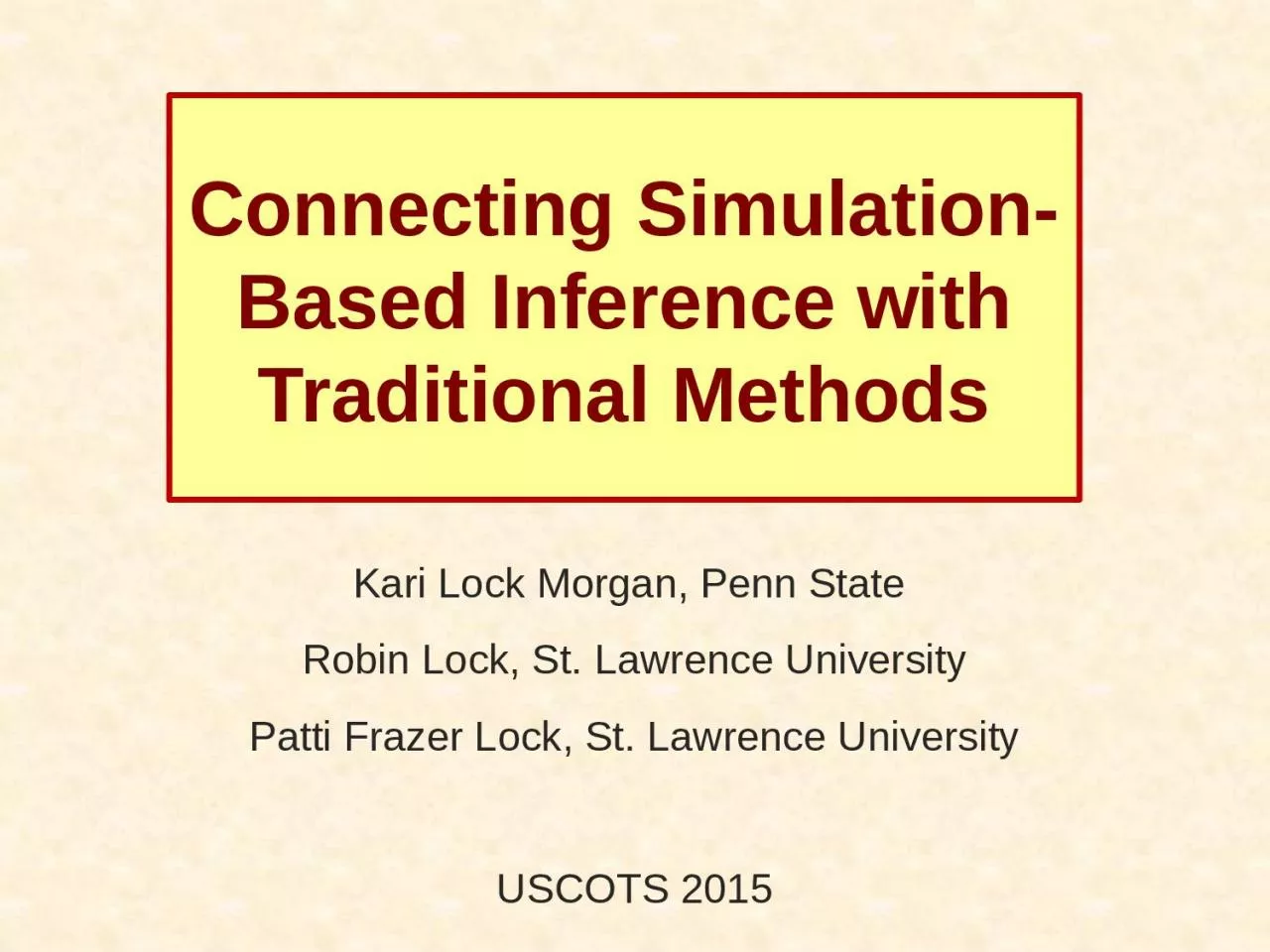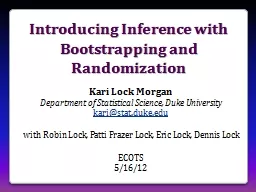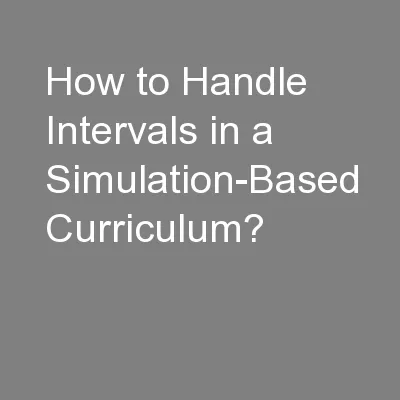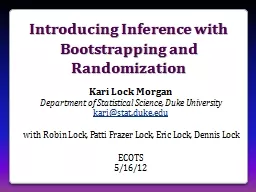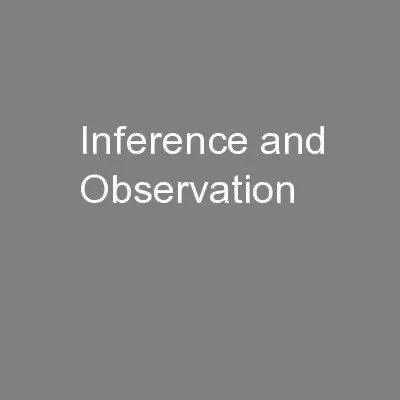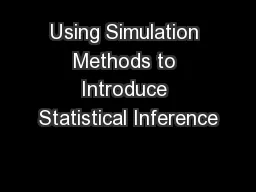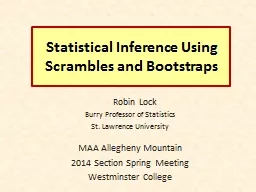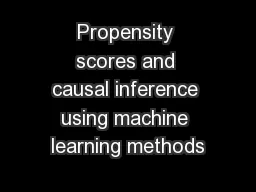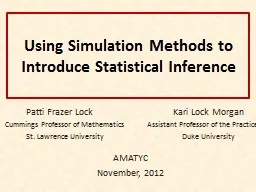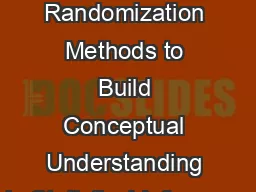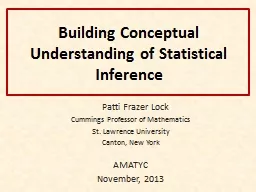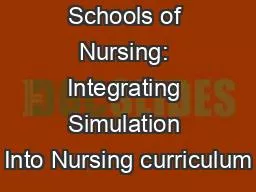PPT-Connecting Simulation-Based Inference with Traditional Methods
Author : brown | Published Date : 2023-09-06
Kari Lock Morgan Penn State Robin Lock St Lawrence University Patti Frazer Lock St Lawrence University USCOTS 2015 Overview We use simulationbased methods to introduce
Presentation Embed Code
Download Presentation
Download Presentation The PPT/PDF document "Connecting Simulation-Based Inference wi..." is the property of its rightful owner. Permission is granted to download and print the materials on this website for personal, non-commercial use only, and to display it on your personal computer provided you do not modify the materials and that you retain all copyright notices contained in the materials. By downloading content from our website, you accept the terms of this agreement.
Connecting Simulation-Based Inference with Traditional Methods: Transcript
Download Rules Of Document
"Connecting Simulation-Based Inference with Traditional Methods"The content belongs to its owner. You may download and print it for personal use, without modification, and keep all copyright notices. By downloading, you agree to these terms.
Related Documents

